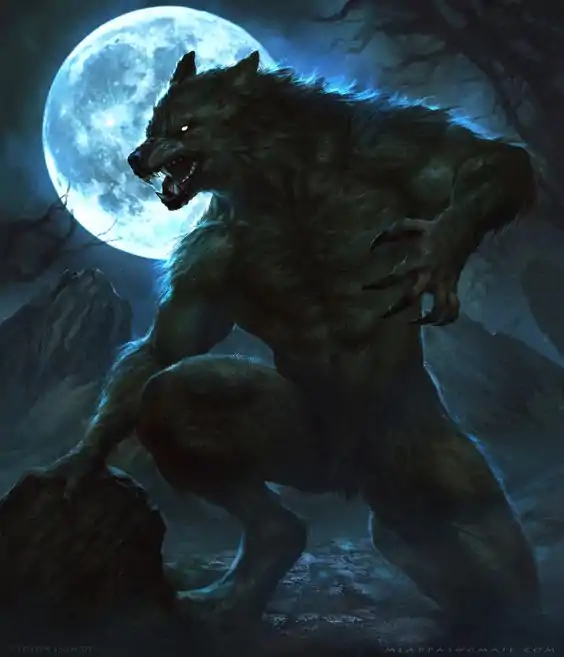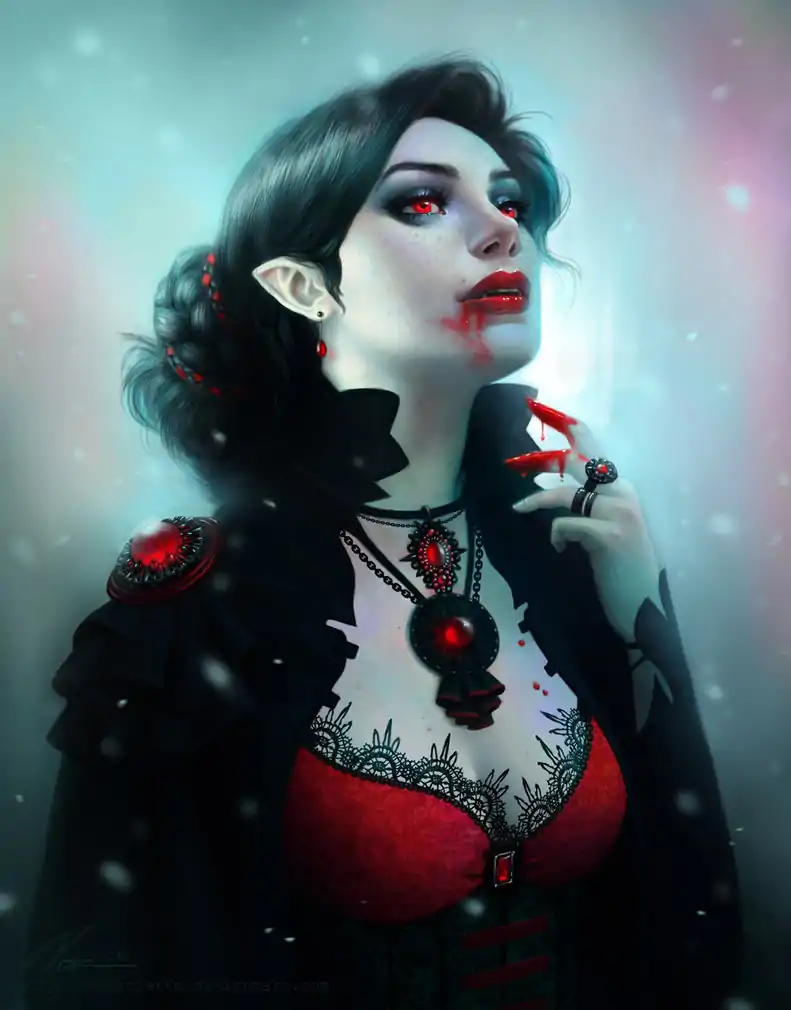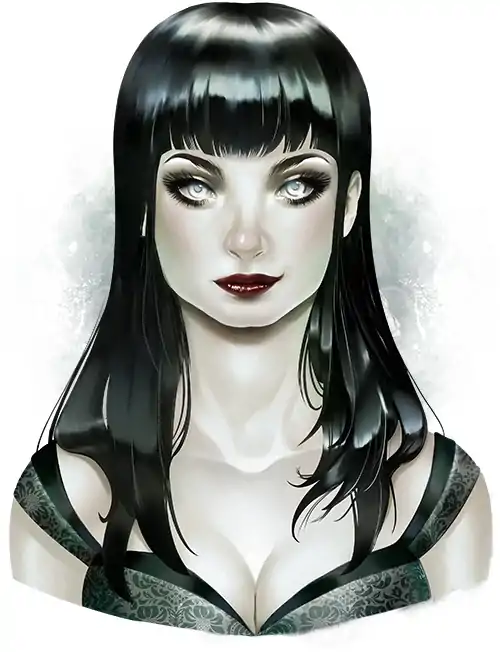Magic (Sfartalheim Supplement)
The very nature of magic makes it a mysterious force that people wield while most don't understand nor care to, until trying to use it.
Study of Magic
There are three types of magic within Sfartelheim, natural, unnatural, and studied. The differentiation between the three are superficial and meanless to the commoner but in the world of magic, it could mean a matter of life or death.
Studied magic is the most common type as people have spent years risking their own lives studying magic to become proficient at it. Those that do survive can make a living from such art by either freelancing their services or tying themselves down on a particular group. These are the court wizards and witches seen more often than not within governments. Some places like Mustallyon, Voolonia, Tukenia, Abbyia, and Occitonia restricts the employment of such mages. These governments usually enforce an employment law where wizards are to only work of either a government organization or court and maybe a government-funded corporation. Archetypes that fall within the domain of studied magic are wizards, bards, monks, and maybe paladin. The question of whether or not a paladin's magic is studied or is given from heaven is hotly debated and the Pentarchy has taken a neutral stance on such matters giving the final decision to the secular realm lords. Where a paladin can learn to improve using magic this makes it fall under studied magic by technicality but the initial ability to use magic was given by the Gods and not learned, therfor making it more in line with natural magic than studied.
Magic within the Continent
Magic is seen by most to be a dangerous application of raw power which manifests itself by impossible pheromones. To the average person, most mages are seen to be volatile members of society that can explode unexpectedly and harming others near them if caught in the blast radius. Even as dangerous as they may be seen by most, magic is still seen to be an important and necessary evil aspect of governance. There are simply many things a single mage can do much more efficiently than what any group of servants can do. Often employed by nobles of either in the court or in trade corporations or even guilds, most places think any respectable court must have a mage advisor to help them in unnatural matters. Mages can often be seen working as freelancers in the monster-hunting and mercenary field. Due to the fact mages are thought to bring bad luck with them, property value often goes down when they move in leading to the landlord also trying to evict them as soon as possible. The only place where mages are seen with a positive light is within the Ar'suaton Empire. This realm sees any born with magic to be given the right to rule over the talentless and those that studied magic to be civil servants to help the nobles.
Cursed Races
Vampires and Werewolves come from an unknown origin in the same way as Tieflings. All three of these races have existed in parallel with normal Humans for a quite a while. Although it is uncertain if these races were around since the time Humans started appearing in the wild eastern steppes, what is known that there were tales of them after the Elven Empire fell.
What people can be sure of is that Humans who have been bitten by wolves can contract lycanthropy at a seemingly random chance. Mages studying the Human and Elven body have figured out that blood within them is prone to extreme adaptability on both a physical and mental level. For some reason, the bodily fluid or blood of a wolf but not other canines held something which can trick the body into thinking it is a wolf based on the lunar cycle. It may seem random but the astronomers have found out they are prone to Werewolf transformation when the moon is closest to the world, Erda. Those with lycanthropy are known to have larger canine teeth but growing hairier only amongst former Humans. There are some who have been able to control their transformation at will years after contraction but it requires self-discipline or training. Untrained transformations end in animalistic rampages where the Werewolf will hunt and eat anything it considers amusing. Trained transformations have people that can retain full motor control but pheromones or magic can trigger them to act like an untrained one. Another way to contract lycanthropy is by surviving a Werewolf bite and this is almost guaranteed to receive the lunar curse. They are known to have the average lifespan of whichever race they used to be. Different from Camp Fever, Poxes, and most forms of Cancer, lycanthropy is sure to be a magical disease.
Vampirism as a magical disease can only be contracted by Humans for some strange reason. It might be due to the fact Vampires end up being entirely carnivorous where their bodies are unable to digest anything other than meat, milk, and blood. At least for most Elves (Snow Elves don't count) their need for high fruit intake prevents their body from assimilating vampirism as native part of their physiology. With being a Vampire a permanent state of existence, the Elven blood naturally rejects vampirism. Humans that have been fully transformed into Vampires are all known to have paler skin and retractable fangs but having Elfish ears or changing eye colors can seem random. Even the eye color change might not be a permanent state as a rare few only changes during draining. Although Vampires are granted superhuman speed, strength, sight, and hearing, they do all share a weakness. Prolong exposure to sunlight can lead to sudden organ failure when a Vampire has been walking around in the day for more than 6 hours. Even staying out in the sun for a few hours on a daily basis can have Vampires develop abnormally fast Skin Cancer. For those that wish to blend into normal society, the most common cause of Vampire death is Skin Cancer. The natural way to contract vampirism is to be bitten by a vampire bat but a Vampire bait draining blood can also give the disease if the Human survives the encounter.
Vampires and Werewolves coexist by pretending the other doesn't exist. This is largely in part for Vampires avoiding Werewolves when they hunt for animals to drain their blood for vitamins. Using their superior senses, Vampires with the right understanding of social cues can infiltrate nobility and live in relative luxury compared to almost all Werewolves who remain peasants. When untrained Werewolves draw attention to the land they are prowling where a Vampire rules, the said Vampire nobility will attempt to hire monster-hunters and adventures to hunt them down lest it draws the eyes of the clergy. For once the clergy gets involved, inquisitors and vampire-hunters are quick to follow. But openly defying or even killing the inquisitors and vampire-hunters to prevent them from investigating the Vampire aristocracy would bring the wreath of Imperial armies. One of the ways nobles dealt with suspected Werewolves is by knocking them unconscious then dumping their tied body at the nearest Elven reservation. The hope is that either the person transforms to go rampaging far from civilization or get killed by the Wood Elves for trespassing.
Children born from either both parents being Vampires or Werewolves will not contract the magical disease their parents have. These normal kids must be given the curses just like how their parents contract it. Although a Werewolf parent and a non-Werewolf will birth to a normal kid, the same can't be said with Vampires and non-Vampires. Kids from this Vampiric union are known as Dhampirs. Unlike Vampires that can live to 150 years, Dhampirs can only live to 100 years and their superhuman abilities they inherit are diluted by a pure Human bloodline. Another notable difference is their banishment of the solar weakness but they are weaker to magical radiation and magical addictions. Other than having larger canine teeth, paler skin, and abnormal eye colors, Dhampirs are almost impossible to distinguish from Humans. These features can be easily explained away by spinning a tale of magical interference before birth, exposure to magical radiation after birth, or citing Elven lineage.
Back to Main Page → 5e Homebrew → Campaign Settings → Sfartalheim



